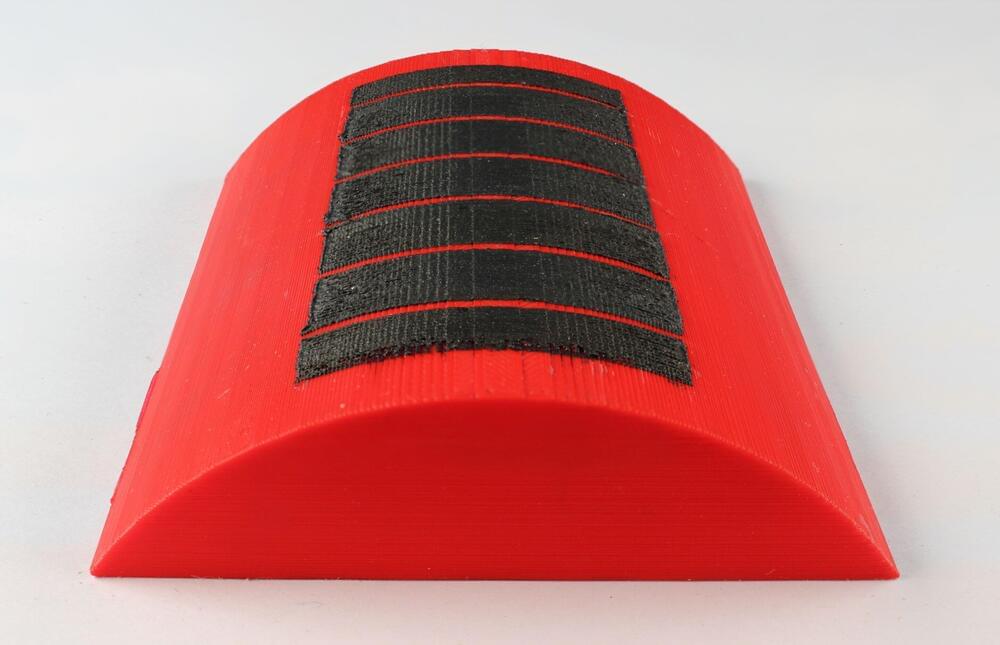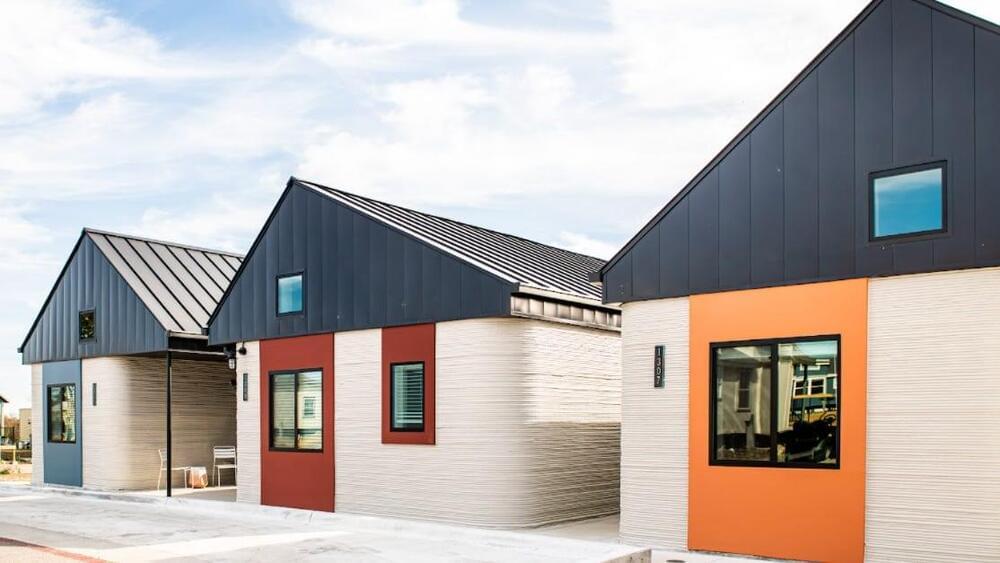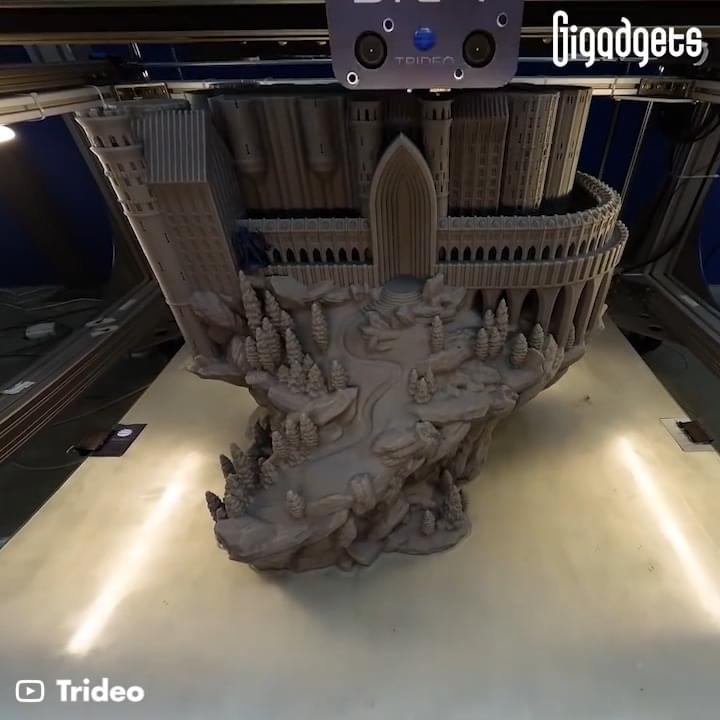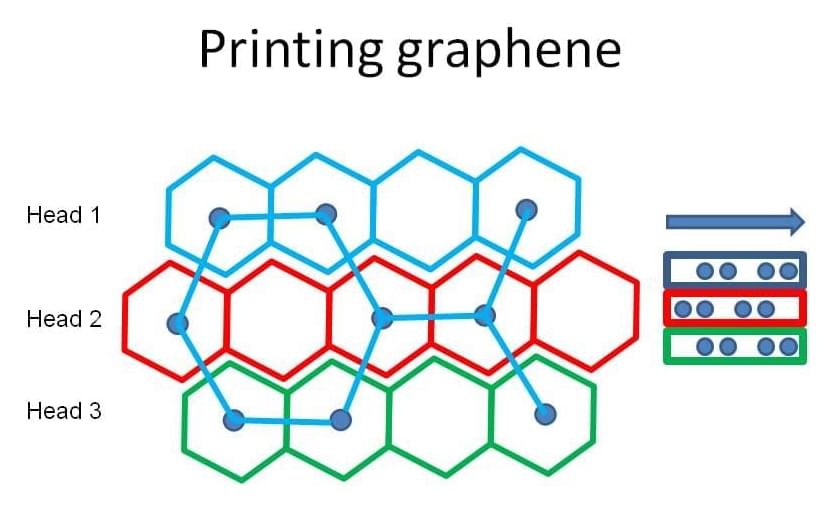Dec 24, 2021
Microbots in your blood could help destroy cancer
Posted by Gemechu Taye in categories: 3D printing, 4D printing, biotech/medical, nanotechnology, robotics/AI
4D printing works the same as 3D printing, the only difference is that the printing material allows the object to change shape based on environmental factors.
In this case, the bots’ hydrogel material allows them to morph into different shapes when they encounter a change in pH levels — and cancer cells, as it happens, are usually more acidic than normal cells.
The microrobots were then placed in an iron oxide solution, to give them a magnetic charge.
Continue reading “Microbots in your blood could help destroy cancer” »


















